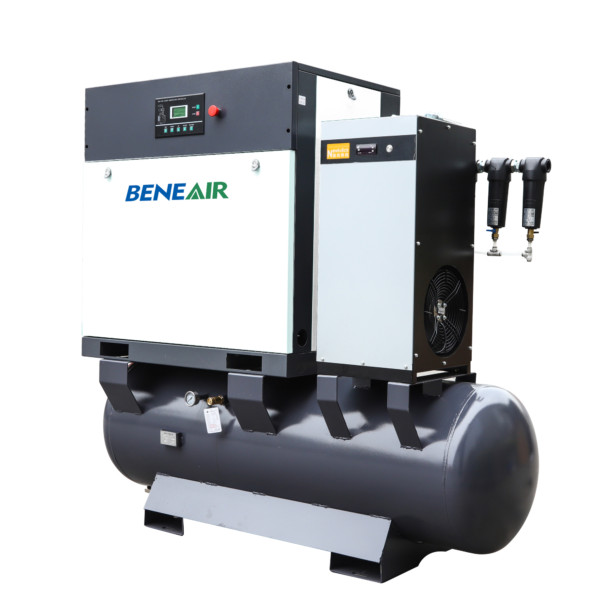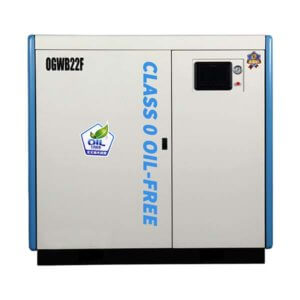Contents
In the construction industry, there are numerous types of equipment that require air pressure to operate effectively. In some cases, a person needs to know how much pressure is needed for a particular application to make repairs or determine which size tank should be used. There are several factors related to the application itself and how it operates that effect what type of air pressure is needed.
How to calculate air pressure
How to calculate air pressure
Here are a few rules of thumb related to the physical application and how it operates that can help determine what type of air compressor or air tank should be used. Keep in mind that these are general guidelines based on broad categories that may not apply to several newer models. In some cases, the manufacturer’s specifications for a particular piece of equipment will supersede these tips.
If the application is pneumatic:
- The required air pressure is the pressure at the tool inlet multiplied by the nozzle orifice size.
- For drills, saws, and other tools that use an air motor, multiply the horsepower by 25 and then multiply by the pressure in psi. This number will give you the needed air pressure for that tool.
- For pneumatic tools that use a compressor or air tank to power an air motor, the horsepower is not relevant and only the volume of air delivered at 90 psi is necessary.
- If multiple pneumatic tools are being used at once, add the required air pressure for each tool together.
If the application is hydraulic:
- The required pressure is identified in the specifications for the machine or component being used.
- For motorized applications, use the pump horsepower and multiply it by 15 to determine the needed pressure. This number is for systems that operate at 100 psi.
- If a system includes both hydraulic and pneumatic components, add the required pressures for each together.
How to Determine the cfm for Applications
How to Determine the cfm for Applications
Angle Grinding:
Vehicle maintenance and repairs can be done quickly and accurately with angle grinders. Most have a 1/4-inch quick connector for easy hookup and use 5 to 7 cfm at 90 psi.
Cutting:
Most cutting applications require 2 to 4 cfm per 100 pounds of pressure, depending on the size of the blade in use. For example, a 4-foot blade needs 2 cfm, while an 8-foot blade needs 4 cfm.
Drilling:
Drills require between 3 and 5 cfm for every 100 pounds of pressure. For example, a drill that operates at 125 psi requires 5 cfm, while one that operates at 250 psi requires 10 cfm.
Dusting:
In many cases, pneumatic tools are preferred over electrical devices for dusting applications. This is because they can produce a more powerful stream of compressed air. In some cases, up to 25 cfm per 100 pounds of pressure may be necessary.
Chiseling:
Chisels are another pneumatic tool that can be used for an assortment of applications. Most have a 1/2-inch quick connector, and the minimum cfm needed is 5 to 10 per 100 pounds of pressure.
Routing:
Air routers require 1 to 3 cfm per 100 pounds of pressure, depending on the size and type of bit in use. An example would be a quarter-inch up-spiral bit, which needs 2 cfm.
Sawing:
Most reciprocating saws require 5 to 7 cfm at 90 psi to operate effectively when cutting wood or metal. On the other hand, band saws require less air, typically around 2 cfm.
Welding:
Welders use a great deal of air, often up to 100 cfm for TIG and MIG welding. However, many welders can be adapted to use shop air, which cuts the cfm requirement in half. In many cases, it is still necessary to use a separate air compressor to get the cfm needed.
Painting:
When painting, it is important to have a steady and constant flow of air. This helps to prevent the paint from building up on the end of the nozzle and spraying erratically. In most cases, 25 to 30 cfm is necessary.
When calculating your equipment’s air pressure and the system’s operational pressure, keep the following points in mind:
- CFM is measured at 90 psi.
- If using multiple tools or equipment at once, add all cfm requirements together.
- The required pressure is determined by the specific piece of equipment in use.
- Most systems that use both pneumatic and hydraulic components add the required pressures together.
- From tool catalogs and manufacturing equipment data, you may calculate the air need for your connected equipment.
- CFM is also a function of inlet air pressure, and more pressure will result in more CFM.
- The necessary compressor horsepower can be calculated by multiplying the cfm requirement by 17. This number is approximate and based on a 100 psi system.
- Pneumatic tools that use a compressor or air tank to store compressed air operate most efficiently at 100 psi.
- If your pressure is below 100 psi, use the following formula to determine how much horsepower is needed: HP = (cfm x 17) / PSI
- If your pressure is above 100 psi, use the following formula to determine how much horsepower is needed: HP = (cfm x 17) / (PSI-33.3)
For example, a compressor that provides 20 cfm at 100 psi requires 1 horsepower. If the same compressor was used to run a tool at 125 psi, it would require 5 horsepower.
If you are unsure about how much air your pneumatic tools need for power and efficiency, you should consult a professional before making any adjustments.
Why Correct Air Pressure for Each Application is essential?
Why Correct Air Pressure for Each Application is essential?
When it comes to pneumatic tools, having the correct air pressure is essential for getting the most out of them. While many tools can operate at a variety of pressures, finding the sweet spot for each one will result in better performance and less wear on the equipment.
Air compressors are an important part of any shop, and understanding how to correctly size and use them is key to success. When looking for a compressor, be sure to calculate the cfm requirement of all the tools you intend to use. This will help ensure that the compressor can handle the load.
While having the correct air pressure is important, it’s also necessary to have the right compressor for the job. When sizing a compressor, be sure to take into account both the cfm requirement and the system’s pressure. And, as always, consult with a professional if you’re unsure about anything.










Leave A Comment